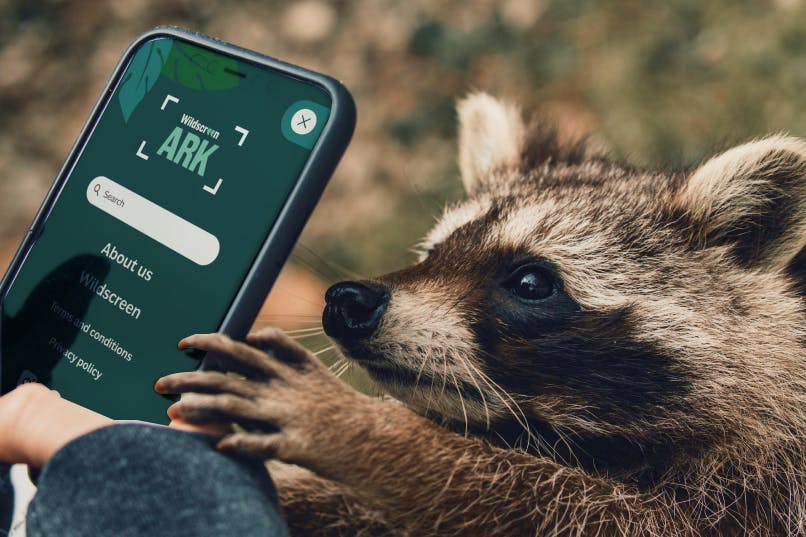
Wildscreen
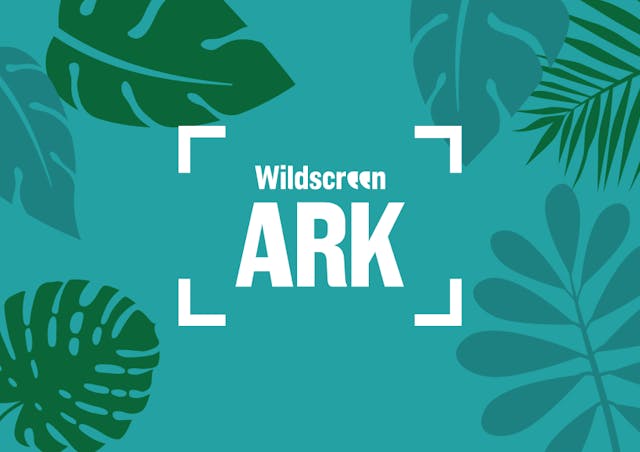
The Situation
The world’s most extensive database of wildlife images and video.
Founded in 1987, Wildscreen is a conservation charity which connects creatives within the wildlife film, television and photography industry with conservationists to raise awareness about environmental issues and inspire positive change.
Thanks to its patron Sir David Attenborough and relationships with hundreds of filmmakers, photographers, conservationists and scientists, Wildscreen has amassed an unrivalled collection of wildlife images and video.
As part of its mandate, Wildscreen strives to provide free access to this collection to anyone in the world.
The Problem
Wildscreen’s first database was forced offline in 2019.
In 2003, Wildscreen launched a publicly-available catalogue of over 100,000 images and videos known as Arkive. The service was extremely popular, with over 5.6 million annual users at its peak in 2018.
The cost of maintaining and growing Arkive outstripped the donations it raised, however, and Wildscreen was forced to reluctantly take it offline in 2019.
After successfully raising the funds to bring the Arkive back online in January 2023, Wildscreen asked Rocketmakers to design and develop a new database which would make their collection available to the public once again.
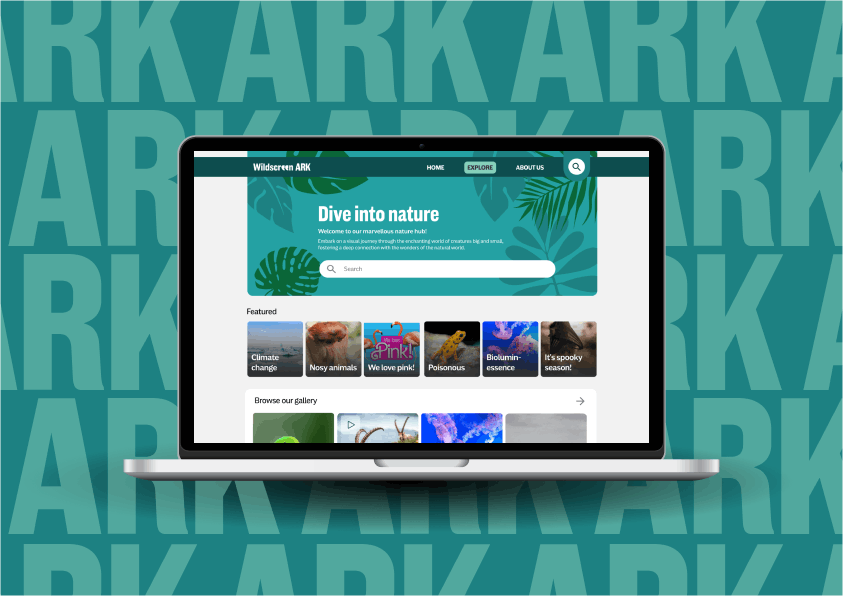
The Task
Building the world’s biggest public content hub of life on Earth.
In addition to the thousands of digital assets that the Arkive had previously hosted, Wildscreen also had thousands of hours of analog video tape it hoped to one day digitise and add to the collection.
Wildscreen wanted a new system which was easier to manage, update and maintain than the previous system, would encourage the public to regularly explore the collection, and would be robust enough to scale as Wildscreen’s vast collection of analogue assets are digitised.
Our Discovery
Defining the target audience and design principles.
Rocketmakers kicked off the design process with a discovery workshop. Wildscreen was asked to describe their vision for the new database, and define the main audience they wanted to appeal to.
After a thorough discussion, it was agreed that the most important user group to appeal to would be teenage school children.
With the target audience defined, the design team established several principles to guide the design process . These included:
- making sure the collection’s assets are highly visible at every stage of user engagement,
- constantly encouraging users to explore new topics (using a recommendation system similar to YouTube)
- ensuring all text is written for a maximum reading age of 12.
Based on these decisions, the Rocketmakers design team came up with a fresh new look for the Arkive, and - to signify the project’s new start - it was renamed Wildscreen ARK.
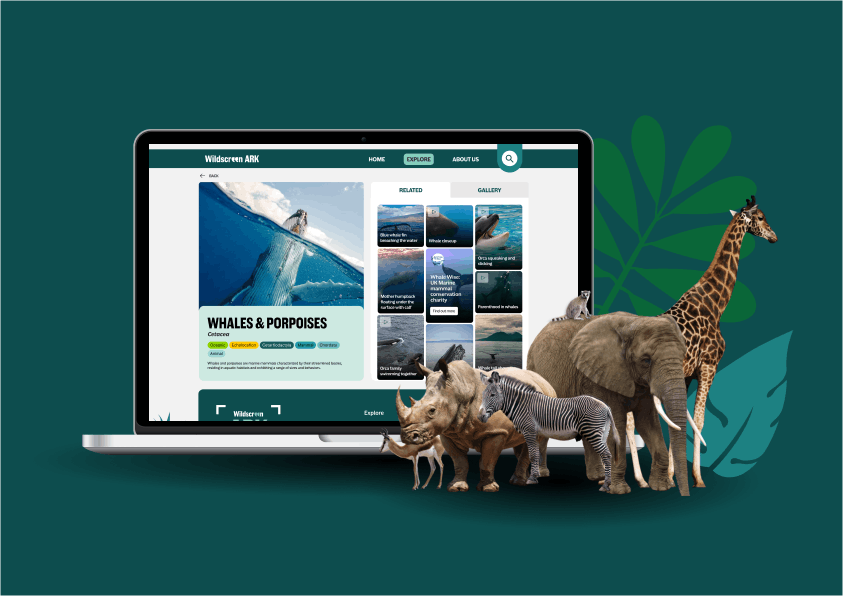
Our Approach - Part 1
Making the Tree of Life “surfable”.
To encourage users to keep exploring the ARK’s vast resources beyond their initial search, the design team needed a way to identify additional media assets that would be relevant to the user. Figuring out which lifeforms would interest a particular user was a serious challenge, however.
The previous Wildscreen Arkive had categorised media assets with a complicated system of tags. A picture of a racoon, for example, could be given dozens of potential tags, including “nocturnal,” “omnivorous,” “mammalian,” and even “furry.” This system made it possible for users to find additional nocturnal animals, or other mammals, but it also made adding new content to the database very time consuming and prone to human error.
For the new ARK database, Rocketmakers designers came up with an ingenious new way to power the recommendation engine: upload a taxonomy of every identified species on the planet - all 8.1 million of them.
The team accessed a globally recognized biological taxonomic list called the Global Biodiversity Information Facility (GBIF) Backbone Taxonomy which could be used to categorise all media assets. Using the hierarchical relationships between species as found in the GBIF taxonomy, identifying content from related species to recommend to users was straightforward. Using the GBIF taxonomy also made it much easier for Wildscreen staff to upload new media assets to the system and dramatically reduced human error.
Our Approach - Part 2 [Backend]
Why only one database was not enough.
With the decision to incorporate the GBIF Backbone Taxonomy into Wildscreen ARK, Rocketmakers’ backend developers immediately realised the system would need two databases.
The millions of species names the GBIF Backbone Taxonomy provided, arranged in a complex biological hierarchy, needed to be highly searchable, and selected an OpenSearch database to host them.
Rocketmakers also set up a Postgres database. Unlike an OpenSearch database, a Postgres database is more suited to storing and querying highly interrelated data , and it is a much easier place to host the content management system Wildscreen ARK would need to serve up media files to users.
The backend team also developed an admin dashboard that allowed Wildscreen to load new media assets and assign them to the right species quickly and easily.
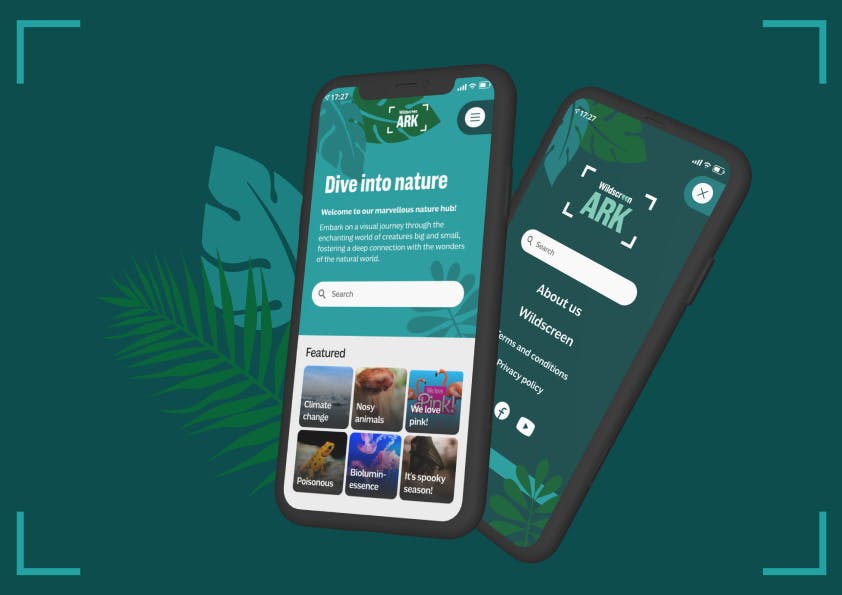
The Result
A new media database which can reach new audiences today and expand in future.
The new Wildscreen ARK was launched in early 2024 and has quickly become just as beloved a resource as its predecessor.
Now regularly serving over 100K media requests per month, and growing, the ARK has been designed to rapidly grow as its user base and number of assets expands in coming years.
The Impact
Preparing to take Wildscreen ARK to next level.
Following the successful launch of the new ARK, Wildscreen has commissioned further improvements, including new education pages, and are now exploring the recovery of ARKive’s vast media library.
Arkive was a much treasured resource for everyone from students and scientists, and having to remove it from public access was a very difficult decision for us.
We were delighted that Rocketmakers were able to help us transform the old version into the new Wildscreen ARK. What they built is robust enough for us to keep growing, but with low enough running costs to make sure this resource stays available.
Continuing our fantastic partnership with Rocketmakers was a no-brainer - we’re looking forward to expanding the content and user base of Wildscreen ARK with them in future.